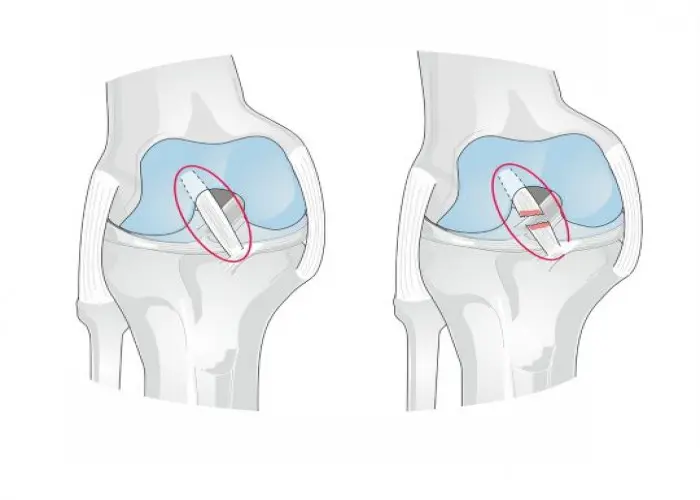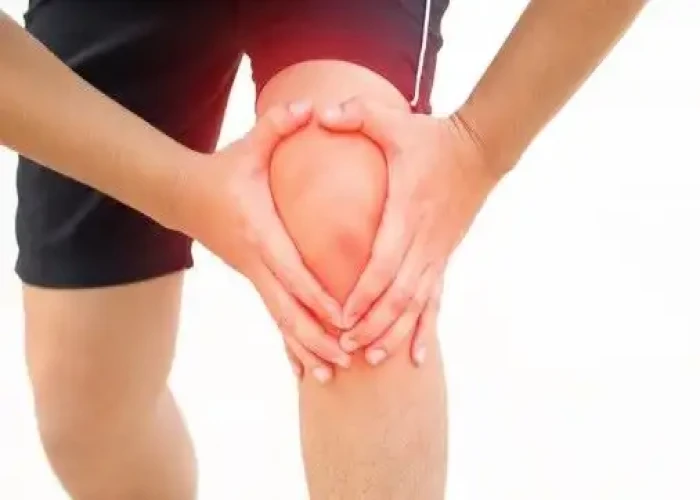 Welcome
Welcome
“May all be happy, may all be healed, may all be at peace and may no one ever suffer."
Knee - Diseases
The knee is a complex joint that connects the thigh bone (femur) to the shin bone (tibia) and the kneecap (patella). It is the largest joint in the body and is essential for walking, running, jumping, and other physical activities.
The knee joint is held together by several ligaments, tendons, and muscles that help to stabilize and move the joint. The joint surfaces are covered with a layer of smooth cartilage that helps to reduce friction and absorb shock during movement.
Various factors can affect the function of the knee, such as injury, disease, and age-related wear and tear. Common knee disorders include osteoarthritis, which is characterized by degeneration of the cartilage, and ligament or meniscus tears, which can occur due to trauma or overuse.
Symptoms of knee disorders may include pain, swelling, stiffness, and difficulty with movement. Treatment for knee disorders may include medications, physical therapy, and, in severe cases, surgery.
Preventing knee injuries can be achieved by maintaining a healthy lifestyle, including regular exercise and a balanced diet, and avoiding activities that put excessive stress on the knee joint. If an injury occurs, it is important to seek prompt medical attention to prevent further damage and ensure proper healing.

Diencephalon Brain

Brainstem

Neck

Liver

Blood

Memory
Subcutaneous tissue

Medulla oblongata Brainstem
Knee, Knee pain, হাঁটু
To be happy, beautiful, healthy, wealthy, hale and long-lived stay with DM3S.







